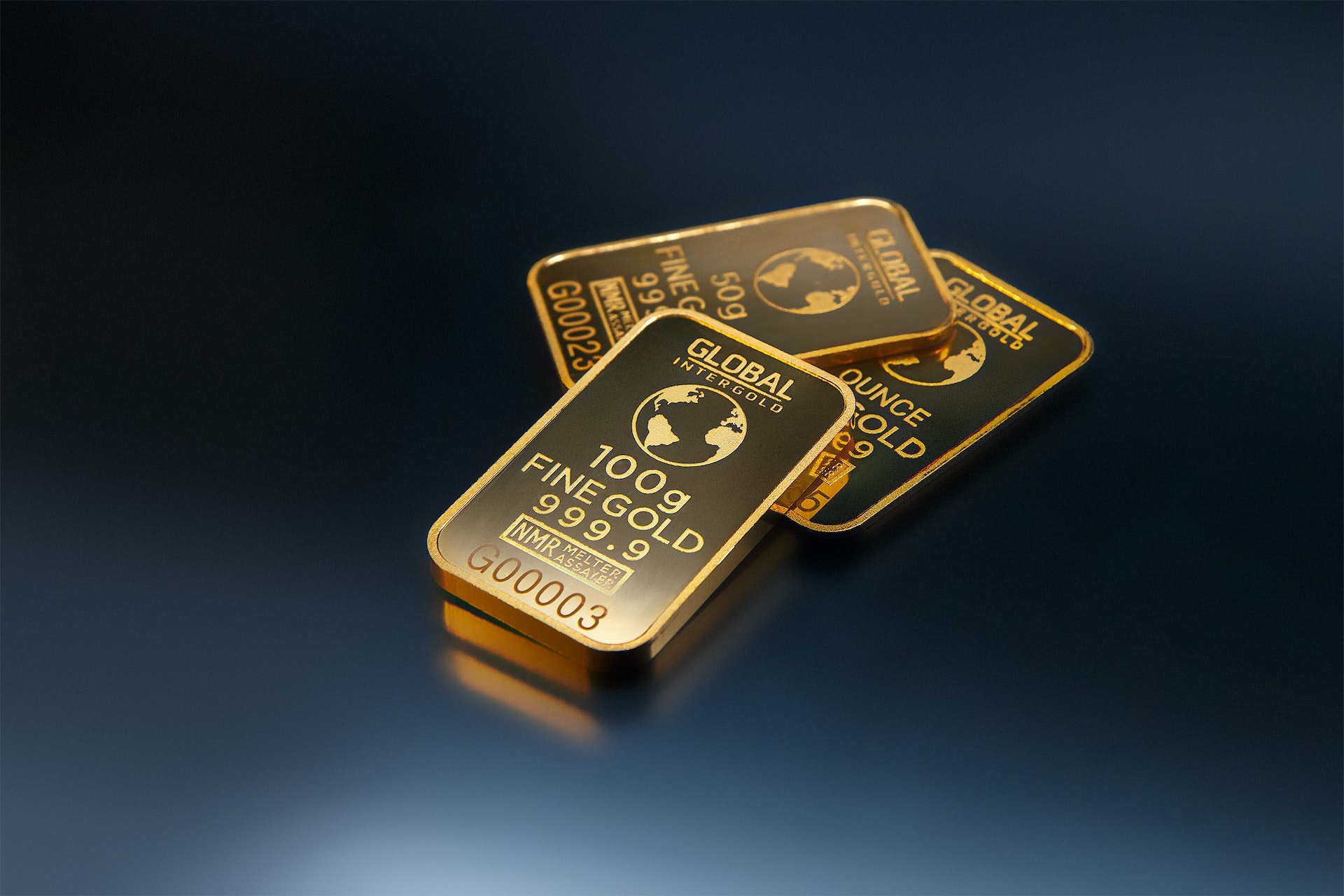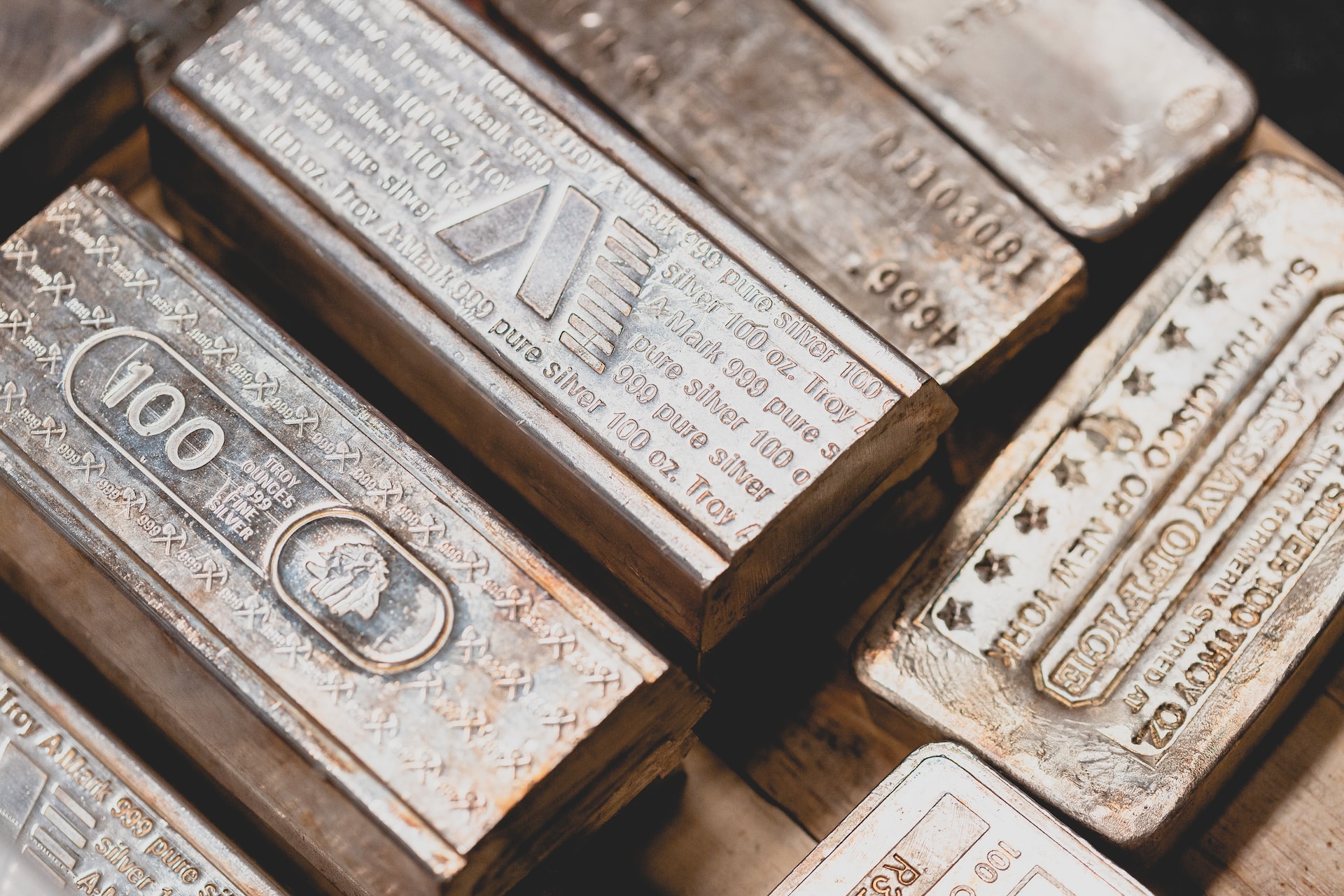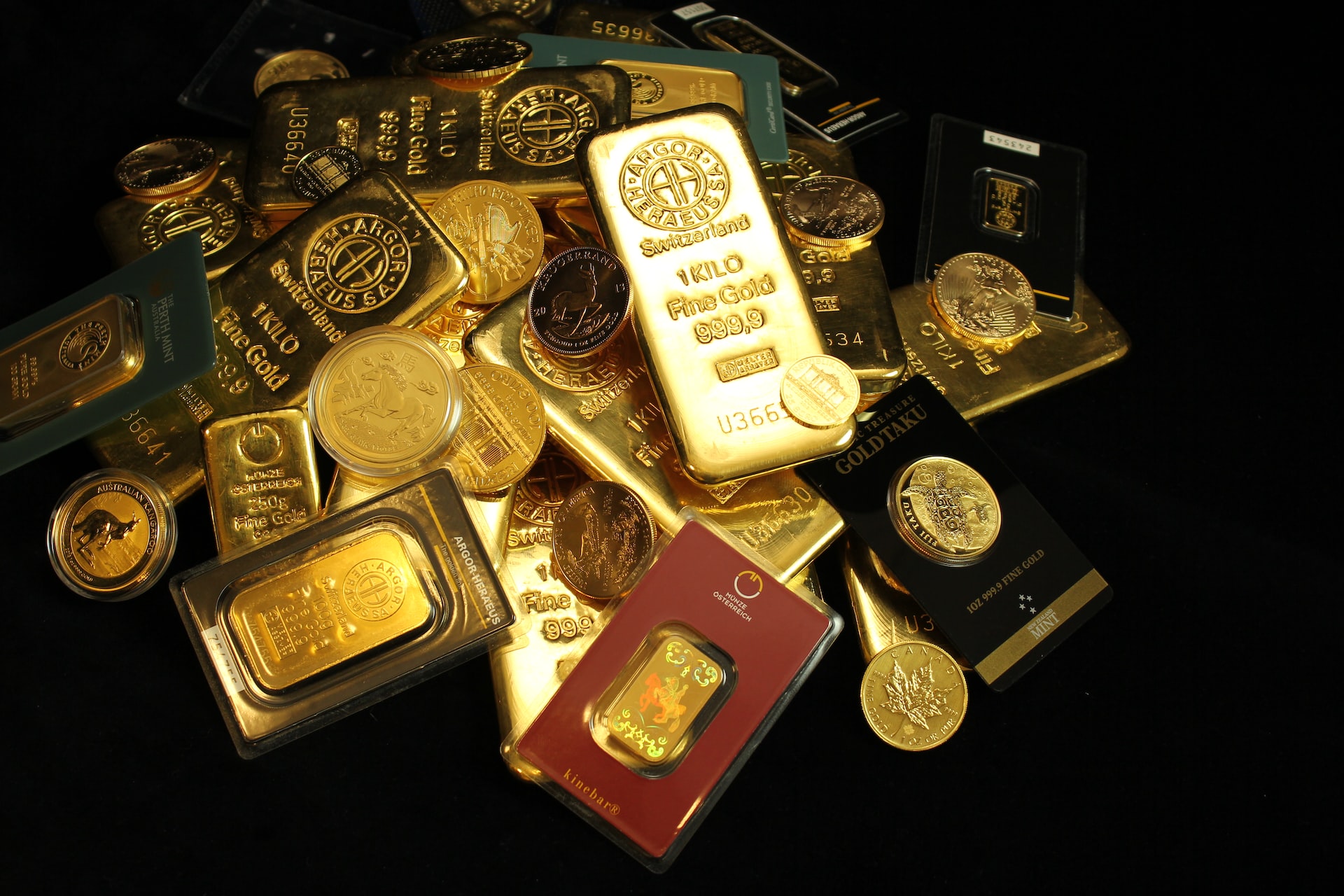When you are asked about the most valuable precious metals in the world, you may immediately think of gold or platinum. Both metals are at the top of the list, but there is one machine that beats them both in terms of price. The price of precious metals generally depends on its supply, demand, properties and mining process. Some of them affect other things – new technology can increase demand for specific metals, while political unrest or war can limit supply. From cheapest to most expensive, here is a list of the most expensive metals measured in US dollars per ounce.
Indium
One of the softest metals on the planet, indium is the tenth most valuable metal.
Price: $7 an ounce
Annual production: 100,000 tons
Usage: During World War II, indium was used as a coating for some aircraft engine parts. Today, it is used in a variety of industrial applications, including semiconductors, corrosion-resistant glass, alloys, touch screens, and flat-screen televisions.
The biggest producers: China, South Korea and Japan
Indium is the softest metal on the planet after alkali, and in its pure form it is white and shiny. It is due to the composition of zinc, lead, iron and copper. Ferdinand Reich and Hieronymus Theodor Richer discovered the tenth most precious metal in 1863 by spectroscopic methods, and they named the metal after the indigo blue line that appeared in the metal’s shape.
Silver
Silver is a popular precious metal, and it is number 9 on our list of the most expensive metals.
Price: $25.87 per ounce
Annual production: About 40,000 tons
Usage: Silver is a key element in electronics, circuits, photography, batteries, jewelry and money. It can also be used to prevent the spread of bacteria in various applications, such that it can be found in some types of bandages and as an antiseptic in medical devices.
The biggest producers: Peru, China, Mexico, United States, Russia and Chile
Having the best electrical and thermal properties and the lowest contact resistance of all metals, silver is popular in many industries. It is also one of the most precious metals used in jewelry and, as readers of this blog know, silver’s long history as both a currency and a store of wealth makes it is a very popular asset in the form of bullion coins and ingots.
In its purest form, silver is found in the ground as an alloy with gold and other precious metals. It is also found in some minerals. Most of the world’s silver is a byproduct of finishing gold, copper and other metals. Although silver may be considered cheap compared to other metals, it is still in the top ten most expensive metals.
Osmium
Osmium is one of the rarest metals in the world and one of the most valuable.
Price: $400 per ounce
Annual production: 1 ton
Usage: Osmium can be used for surgical implants, light microscopy, electrical contacts, recording needles, and water pen tips.
The biggest producers: Russia, USA, Canada and South Africa
Osmium is part of the platinum group and is one of the rarest metals in the world. It is a hard metal, white and blue in color, and it is the most powerful of all creations. It is found as a trace element in alloys and in platinum ore. Despite its rarity, osmium “only” made it to the eighth position on our list of precious metals.
Rhenium
Rhenium is one of the most precious metals and on our list of precious metals.
Price: $500 per ounce
Annual production: 50-60 tons
Usage: This precious metal is often used for nickel-based superalloys in combustion chambers, turbine blades and jet engine exhaust nozzles.
The biggest producers: Chile, Poland, Kazakhstan and the United States
Considered one of the rarest metals in the Earth’s crust, rhenium is one of the rarest metals and has the third highest melting point (5,765°F) in the boiling point. the second highest. maximum (10,110°F) of any solid. The rare metal was named Rhine and was discovered in 1908, the penultimate discovery. Rhenium is a byproduct of copper mining.
Ruthenium
Ruthenium is part of the platinum family of precious metals.
Price: $530 per ounce
Annual production: 30 tons
Usage: The rare and precious metal is added as an alloy to its brothers platinum and palladium to increase strength and power. It is used in the electronics industry because of its ability to effectively break electrical contacts and wires. Other interesting uses include radiotherapy and medicine, revealing latent fingerprints and the production of fountain pen nibs.
The biggest producers: Russia, USA, Canada and South America
Ruthenium is a rare metal from the platinum group. It was discovered in 1844 by Karl Ernst Claus, who named ruthenium after his native Russia (Ruthenia is Latin for Rus’).
This precious metal retains many of the characteristics of platinum group metals, including their strength and ability to withstand the elements.
Platinum
Platinum is often used as a metal and precious metal.
Price: $1,080 per ounce
Annual production: 160 tons
Usage: Platinum is probably best known for its use in cosmetics, where it is popular for its beautiful appearance and remarkable strength, hardness and density, but it is also used in dentistry, weapons, computers, medicine and glassware.
The biggest producers: South Africa, Russia and Canada
Although platinum is one of the most valuable metals today, it was not always: it was considered inferior to silver and was used in fake jewelry. Today, we know that platinum is rarer than gold and that the metal has reached a high level.
Gold
Gold is the most popular precious metal and is number four on our list of the most expensive metals.
Price: $1,977 per ounce
Annual production: 2,500 to 3,000 tons
Usage: Gold is probably best known for its use in jewelry and as an investment, but it also has many industrial uses. Its design makes it an attractive electronic component and its reflective surface helps to create a better fire shield used in spaceships.
The biggest producers: Russia, China, Australia, South Africa and the United States
The most sought-after precious metal of all time, gold, requires no introduction. It remains one of the most popular metals both in jewelry and as a store of wealth in wallets, and is sought after for its durability and fragility. Gold ranks fourth in our list of precious metals. Over the centuries, gold has been used as currency in many countries and remains a symbol of wealth and power. This is part of the reason why the precious metal is always in demand, and for many people it is the most popular precious metal because of the many benefits that gold offers. And according to this gold price forecast for the next 5 years, one of those benefits could be economic growth.
Gold is often separated from the surrounding rock and minerals by gold mining equipment before being extracted
Usage: a combination of several refining processes.
Palladium
Palladium is valued for its rarity, portability and stability.
Price: $2,797 per ounce
Annual production: About 200 tons
Usage: The third most expensive precious metal is used to reduce atmospheric emissions by converting up to 90% of all harmful gases into harmless ones. Goldsmiths also use it to create “white gold” alloys.
The biggest producers: Russia, South Africa, United States, Canada and Zimbabwe
Palladium is part of the platinum group of metals. William Hyde Wollaston discovered it in 1803 and named it the asteroid Pallas.
The grayish-white precious metal has the lowest melting point (2,831°F) and the lowest density of all the platinum metals. It is valued for its rarity, strength, and stability in hot conditions.
Iridium
Iridium is the second most valuable metal in the world.
Price: About $3,645 per ounce
Annual production: 3 tons
Usage: Iridium, the second most precious metal, is often used in the automotive industry. It is also used in products such as watches and compasses.
The biggest producers: Brazil, South Africa, USA and Russia
Iridium is the most corrosion resistant metal in the world. It is a silver-white metal with a high melting point (4,435°F) and one of the metals with the highest density.
Iridium was discovered in 1803 by Smithson Tennant, who named the metal after the Greek goddess Iris because its salt resembled all the colors of the rainbow. The metal is processed from platinum ore as well as from nickel mining.
This brings us to our first point
Rhodium
Rhodium tops our list of the most expensive precious metals.
Price: $15,267 per ounce
Annual production: 30 tons
Usage: Rhodium is often used as a brightening agent, so it is found in things like jewelry, mirrors, and jewelry. The metal is also used in the car industry, and in the manufacturing industry.
The biggest producers: South Africa, Russia and Canada
The most precious metal in the world is rhodium, a hard metal, white silver. It is a rare metal that is often used for its display. It has a high melting point (3567°F) and exceptional ability to resist corrosion.


